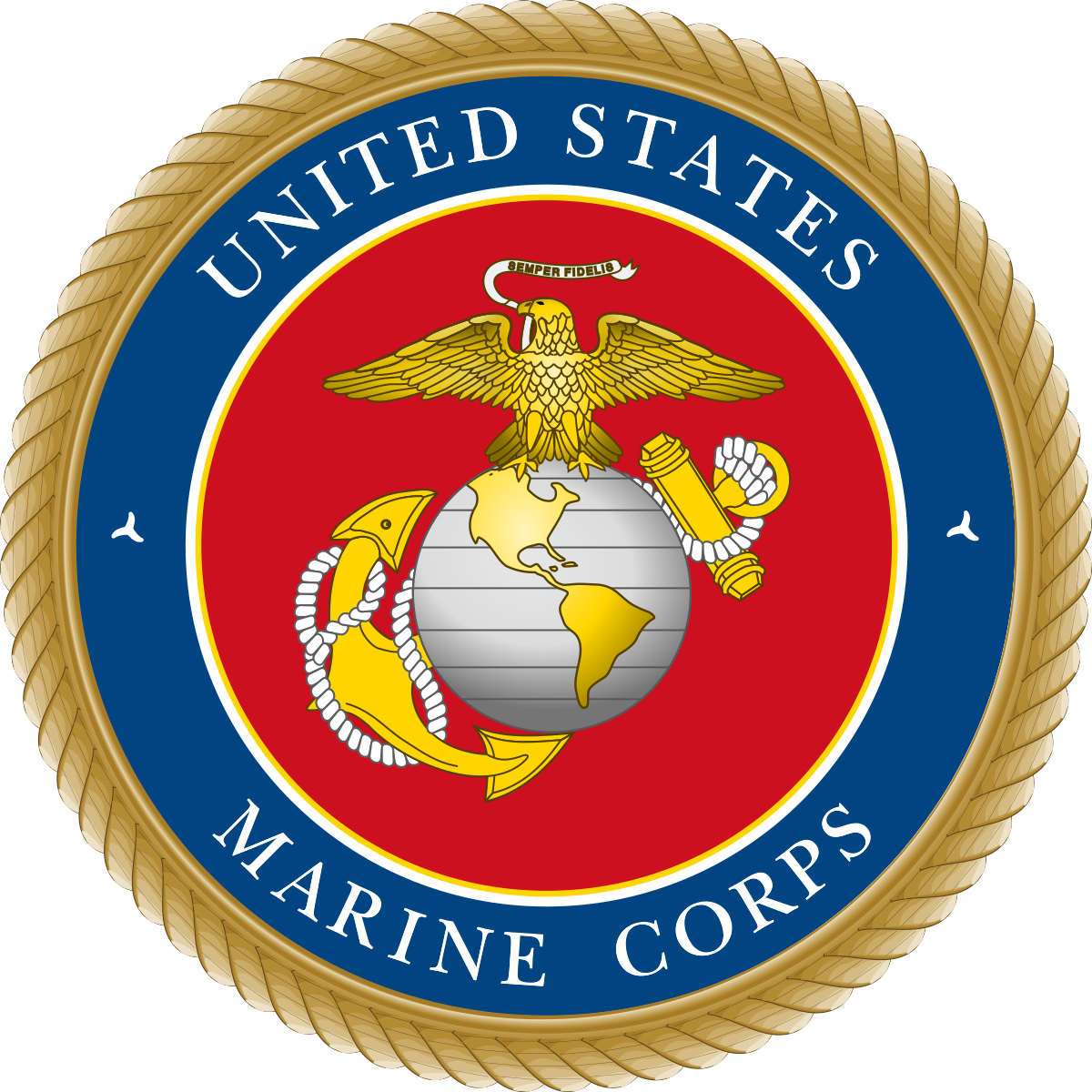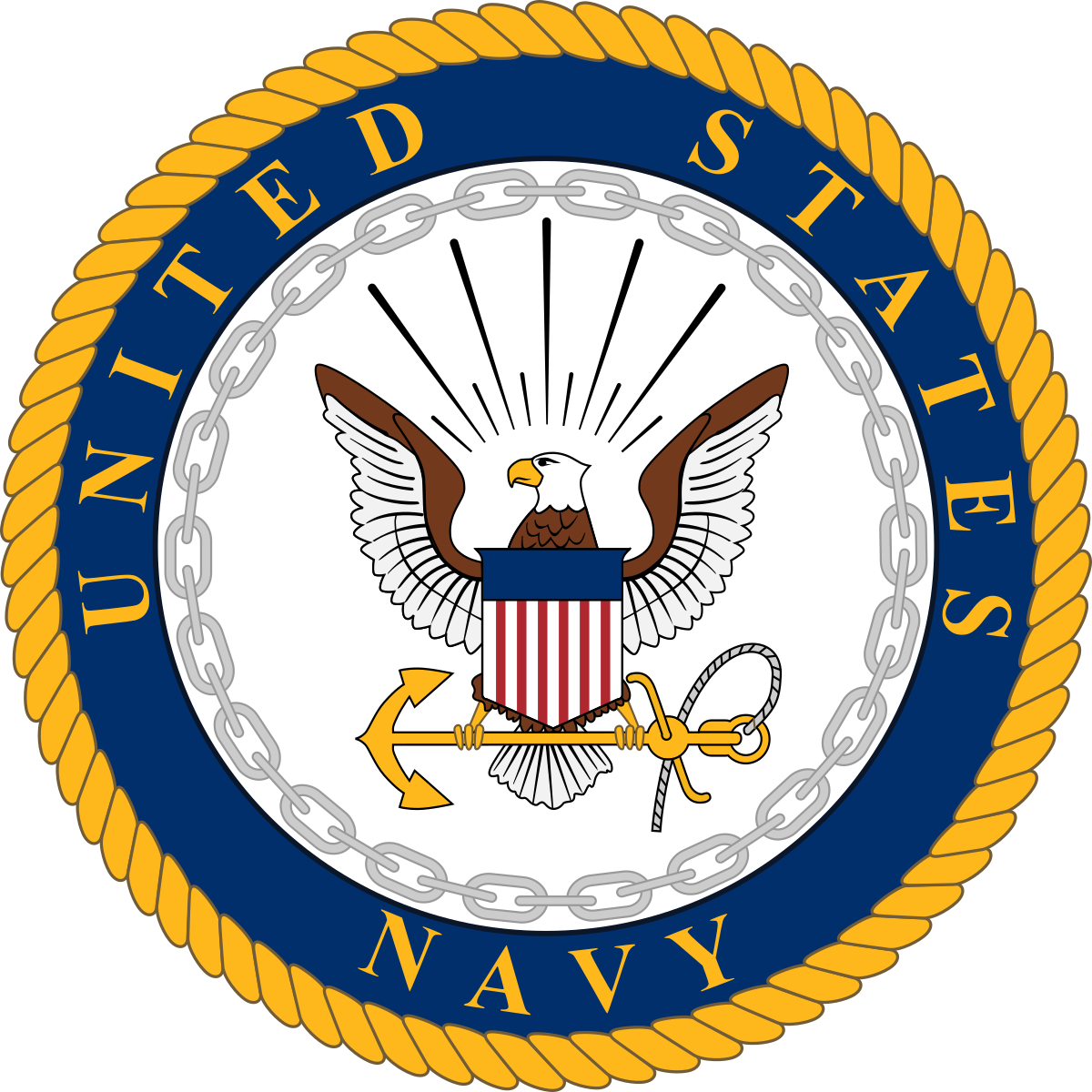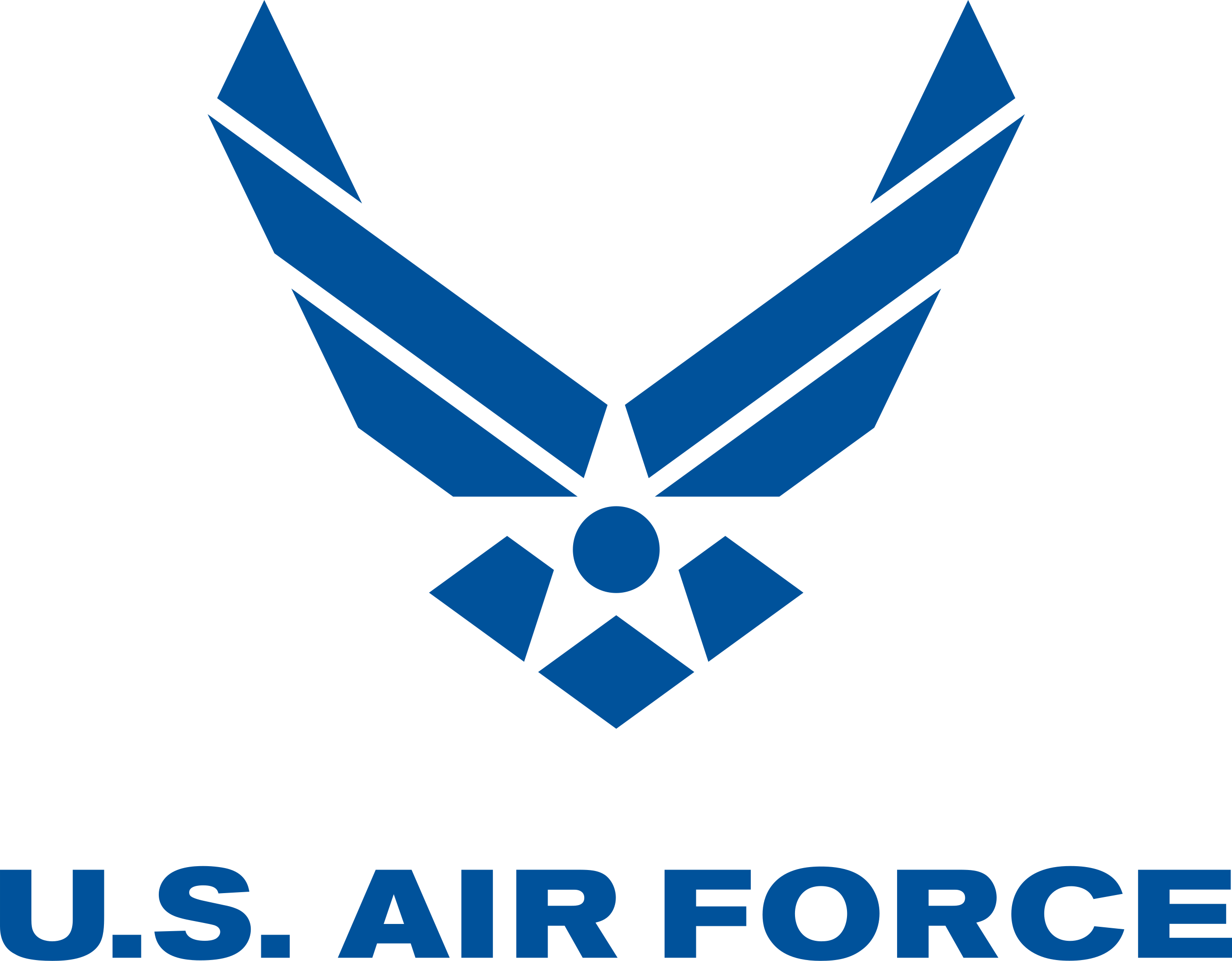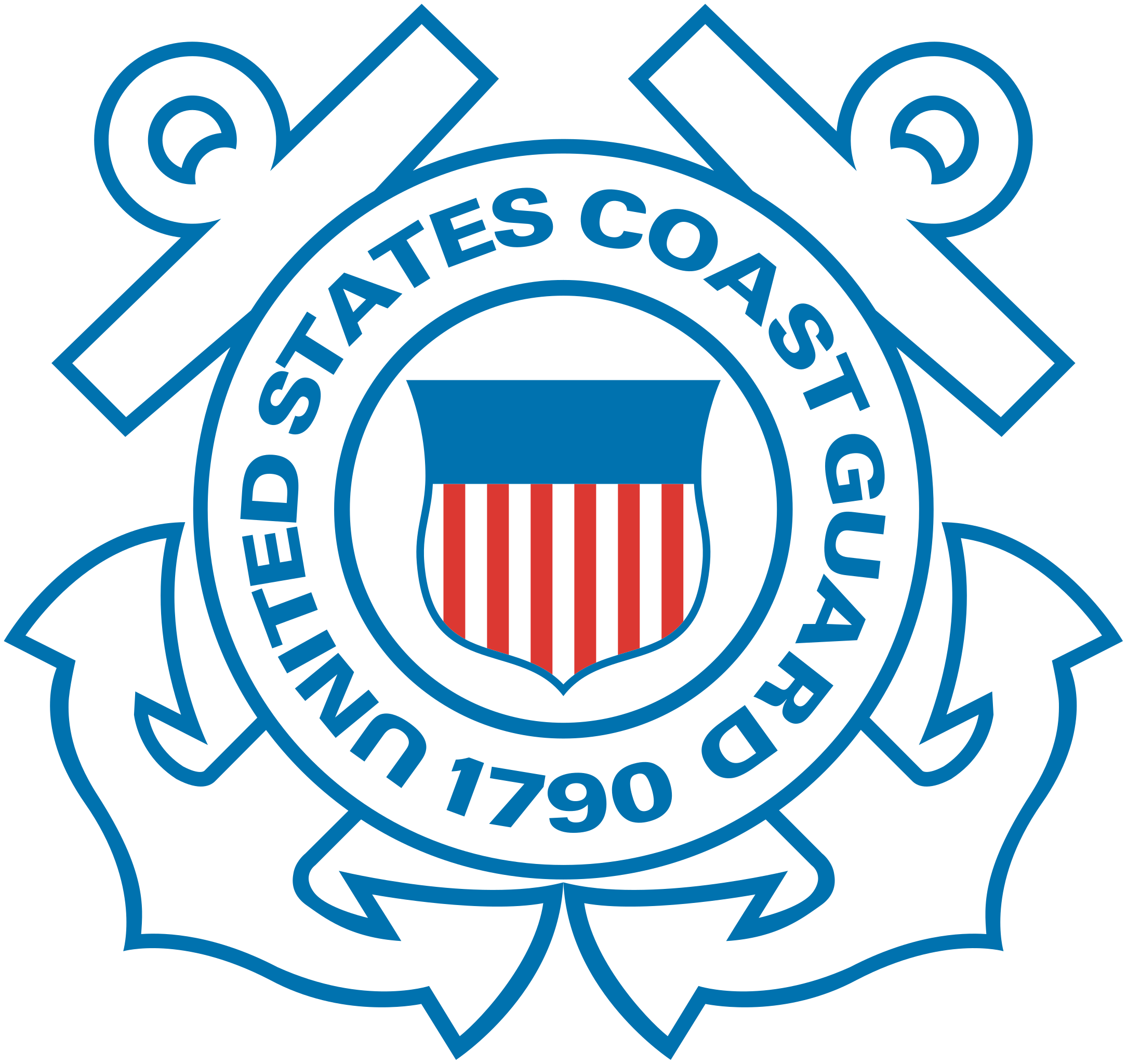AMM - Aviation Machinist’s Mate Officer
About
Some look at complex machinery with dread; others, with desire.
Most mechanics can’t say they’ve repaired the engines of an F-35C Lightning II, but as a Navy Aviation Machinist’s Mate, you could be one of them.
From the day you arrive at your first squadron, you’ll be up close and personal with the engines of the Navy’s biggest, most powerful fighter jets and other aircraft.
Get your hands dirty testing and maintaining engines, fuel systems, propellers and more.
In the civilian world it takes years to get this kind of experience.
In the Navy, we think you’re ready now.
Responsibilities
Aviation Machinist’s Mates (AD) are aircraft engine mechanics.
As an AD, you have the important job of maintaining and preparing aircraft for flight by inspecting, repairing and overhauling aircraft engines and propellers.
Specifically, your role as an AD may include: Installing, maintaining and servicing aircraft engines, fuel and lubrication systems, drive accessories and gear boxes Handling and servicing aircraft both ashore and aboard ships Performing complete aircraft turboshaft/turboprop engine repair Analyzing engine degradation using oil analysis tests Evaluating jet engine performance for fixed turbojet engines Performing helicopter maintenance Performing propeller repairs Functioning as an Aircrewman in certain types of aircraft
Work Environment
Aviation Machinist’s Mates may be assigned to sea or shore duty anywhere in the world, so can expect a wide range of different working environments.
Such environments could include land-based hangars, hangar decks, flight decks aboard aircraft carriers, or flight lines at air stations.
Training
Upon completion of initial training at Recruit Training Command Great Lakes (known as Boot Camp), you’ll report for specialized training, including: AD Core “A” School (4 weeks) in Pensacola, FL, for training on basic aviation theory and skills AD Strand “A” School (2 weeks) in Lemoore, CA, Norfolk, VA, San Diego, CA, Whidbey Island, WA, Jacksonville, FL, or Tinker, OK, for specialized training in one of three strands: Helo, Turbojet, or Turboprop Advanced Technical “C" School (en route to your first duty station) for specialized training in the aircraft of your duty station, such as the F/A-18 or EA-6B Growler.
Following completion of training, your first duty assignment could take you to a naval air station, aviation squadron, aviation shore facility, aircraft carrier or other Navy ship carrying aircraft.
Assignments may be located in the United States or overseas.
Promotion opportunities are regularly available but competitive and based on performance.
Advanced Training Advanced training as an Aviation Machinist’s Mate may also be available during later stages of your career.
For those with further leadership aspirations and a college degree, Officer roles may be available, providing opportunities to lead and train others.
Post-Service Opportunities Specialized training received and work experience gained in the course of service can lead to valuable credentialing and occupational opportunities in related fields in the civilian world, such as employment with airlines, airports, aircraft manufacturers and more.
Education Opportunities
There are part-time opportunities available as an Aviation Machinist’s Mate.
Serving part-time as a Navy Reserve Sailor, your duties will be carried out during your scheduled drilling and training periods.
During monthly drilling, Aviation Machinist’s Mates in the Navy Reserve typically work at a location close to their homes.
For annual training, you may serve anywhere in the world, including locations in the U.S., at bases overseas, or in areas where humanitarian needs are great.
Take a moment to learn more about the general roles and responsibilities of Navy Reserve Sailors .
Most of what you do in the Navy Reserve is considered training.
The basic Navy Reserve commitment involves training a minimum of one weekend a month (referred to as drilling) and two weeks a year (referred to as Annual Training) – or the equivalent of that.
Aviation Machinist’s Mates in the Navy Reserve serve in an Enlisted role.
Before receiving the ongoing professional training that comes with the job, initial training requirements must be met.
For current or former military Enlisted servicemembers, prior experience satisfies the initial Recruit Training requirement, so you will not need to go through Boot Camp again.
For those without prior military experience, you will need to meet the initial Recruit Training requirement by attending Boot Camp in Great Lakes, IL.
This training course will prepare you for service in the Navy Reserve and count as your first Annual Training.
Qualifications & Requirements
A high-school diploma or equivalent is required to become an Enlisted Sailor and an Aviation Machinist’s Mate.
You must also be a U.S.
citizen eligible for security clearance.
AD applicants should possess strong communication skills, especially in regards to writing and speaking.
You should also be able to perform detailed work, keep accurate records, and work well with a team.
Physically, AD applicants should have good use of their hands and no speech impediments.
You must also have normal hearing and color perception.
General qualifications may vary depending upon whether you’re currently serving , whether you’ve served before or whether you’ve never served before .
 USMC
USMC NAVY
NAVY AIR FORCE
AIR FORCE ARMY
ARMY COAST GUARD
COAST GUARD SPACE FORCE
SPACE FORCE